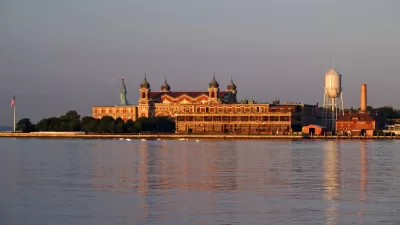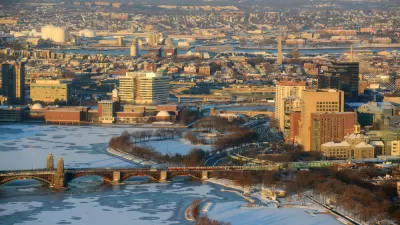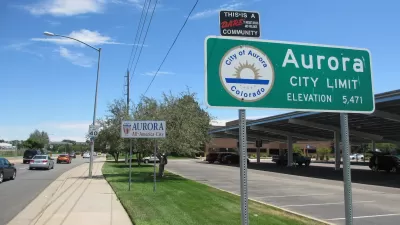The EB-5 Immigrant Investor Program has significant potential to drive more resources into America’s distressed urban cores, according to a recent report authored by Initiative for a Competitive Inner City.
Kim Zeuli details the findings of the ICIC study about the economic development potential of the EB-5 program, especially as a draw to immigrants to their communities.
"The EB-5 Immigrant Investor Program is another tool cities could use to attract immigrants. With support from the Surdna Foundation, the Garfield Foundation and The Boston Foundation, the Initiative for a Competitive Inner City (ICIC) spent the past year analyzing the EB-5 program and its potential to create economic opportunity in urban areas. ICIC interviewed over 50 EB-5 experts and economic development professionals and identified 178 EB-5 projects across the U.S., including many in the rust belt. Last week, ICIC released its research findings in a report, 'Increasing Economic Opportunity in Distressed Urban Communities with EB-5.'"
"To date, a conservative ICIC estimate suggests EB-5 loans have provided at least $8 billion of direct investment into American businesses and created at least 160,000 jobs. The program’s 'visa-for-dollars' moniker describes the fundamental incentive within the program: EB-5 visas are granted to foreign nationals who make a significant investment in a business that creates at least 10 full-time jobs. While the EB-5 Program was created in 1990 to stimulate economic growth in the U.S., it has been underutilized in distressed urban areas, exercised primarily through real estate projects, and largely overlooked by city governments, economic development corporations, foundations and other organizations actively promoting inner city investment."
"Interest in EB-5 as a new investment tool was relatively limited until the recent recession and subsequent contraction of more traditional sources of capital. Last year the government received over 6,300 applications to the EB-5 program. Since its inception, the EB-5 program has attracted investors from numerous countries but it is increasingly dominated by investors from China. In 2013, over 80 percent of EB-5 visas were issued to Chinese nationals. The program also attracts investors from South Korea, Taiwan, the United Kingdom, India, Mexico, Iran, Canada, Venezuela and Japan, among other countries. While China will certainly continue to dominate the EB-5 investor market in the near-term, investors may be attracted from a wide variety of countries."
FULL STORY: How Immigrants with Money Can Help Cities Create More Jobs

Planetizen Federal Action Tracker
A weekly monitor of how Trump’s orders and actions are impacting planners and planning in America.

Map: Where Senate Republicans Want to Sell Your Public Lands
For public land advocates, the Senate Republicans’ proposal to sell millions of acres of public land in the West is “the biggest fight of their careers.”

Restaurant Patios Were a Pandemic Win — Why Were They so Hard to Keep?
Social distancing requirements and changes in travel patterns prompted cities to pilot new uses for street and sidewalk space. Then it got complicated.

Platform Pilsner: Vancouver Transit Agency Releases... a Beer?
TransLink will receive a portion of every sale of the four-pack.

Toronto Weighs Cheaper Transit, Parking Hikes for Major Events
Special event rates would take effect during large festivals, sports games and concerts to ‘discourage driving, manage congestion and free up space for transit.”

Berlin to Consider Car-Free Zone Larger Than Manhattan
The area bound by the 22-mile Ringbahn would still allow 12 uses of a private automobile per year per person, and several other exemptions.
Urban Design for Planners 1: Software Tools
This six-course series explores essential urban design concepts using open source software and equips planners with the tools they need to participate fully in the urban design process.
Planning for Universal Design
Learn the tools for implementing Universal Design in planning regulations.
Heyer Gruel & Associates PA
JM Goldson LLC
Custer County Colorado
City of Camden Redevelopment Agency
City of Astoria
Transportation Research & Education Center (TREC) at Portland State University
Camden Redevelopment Agency
City of Claremont
Municipality of Princeton (NJ)





























